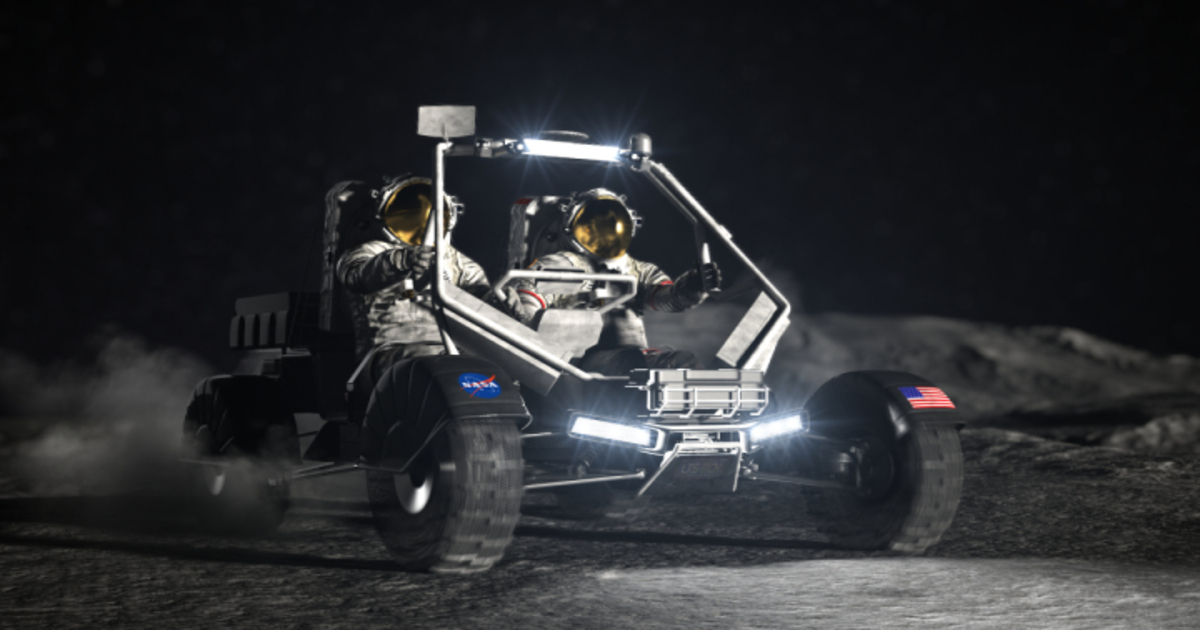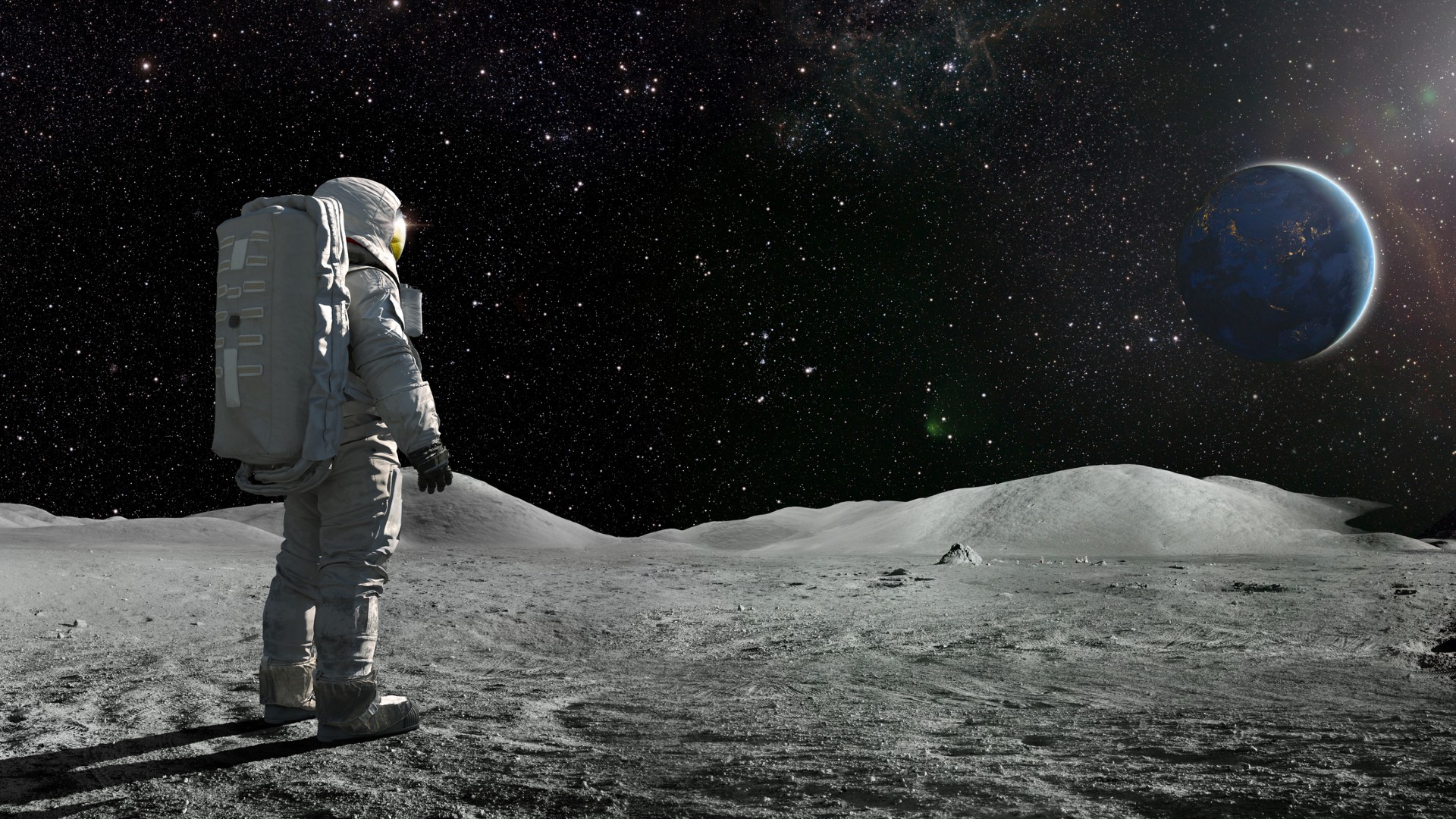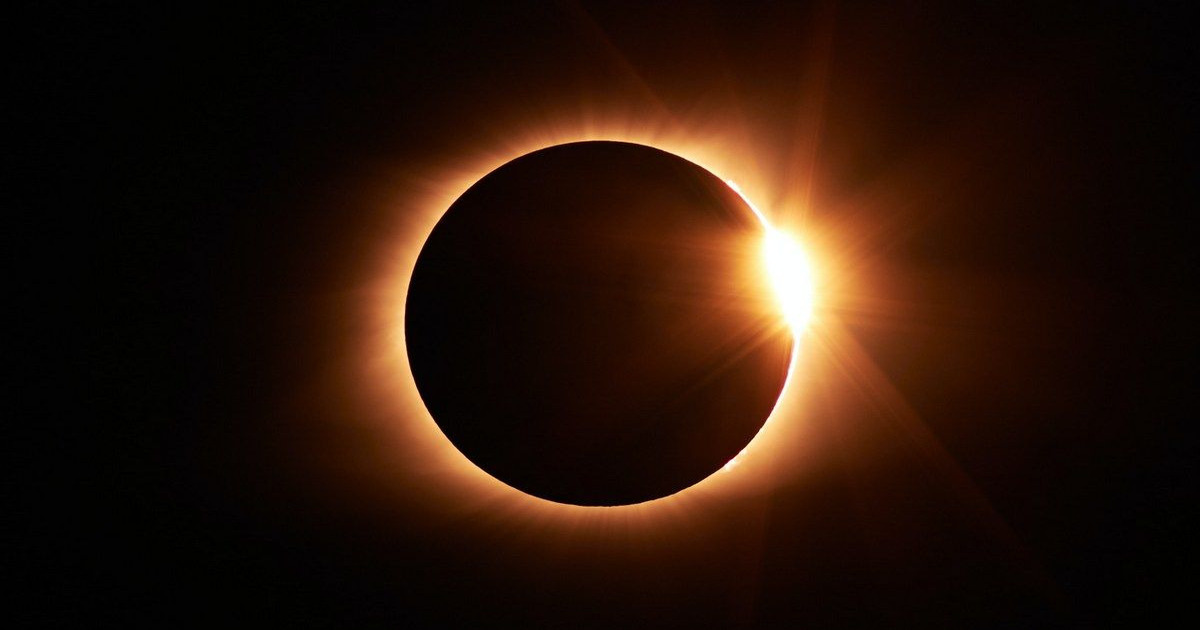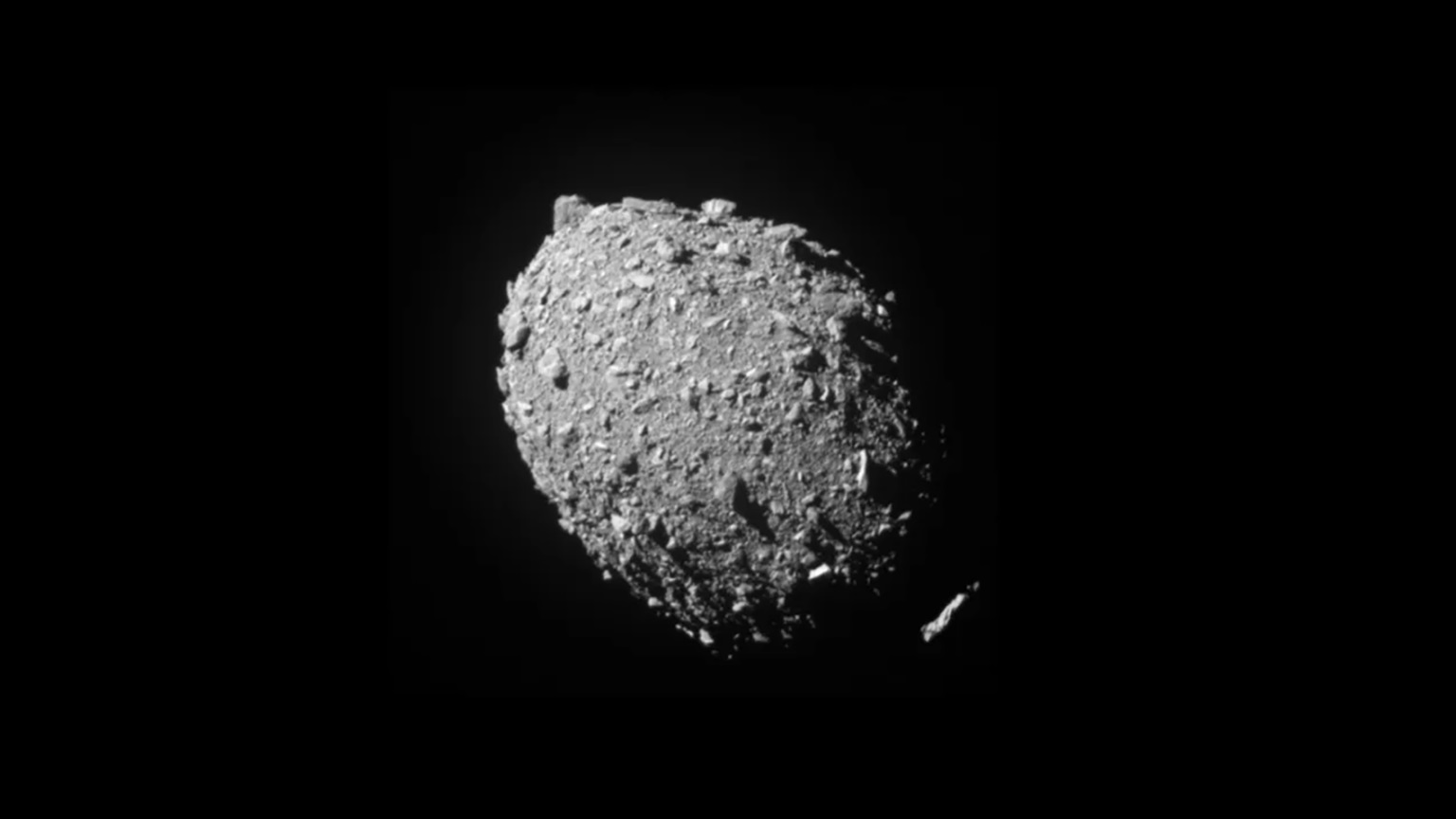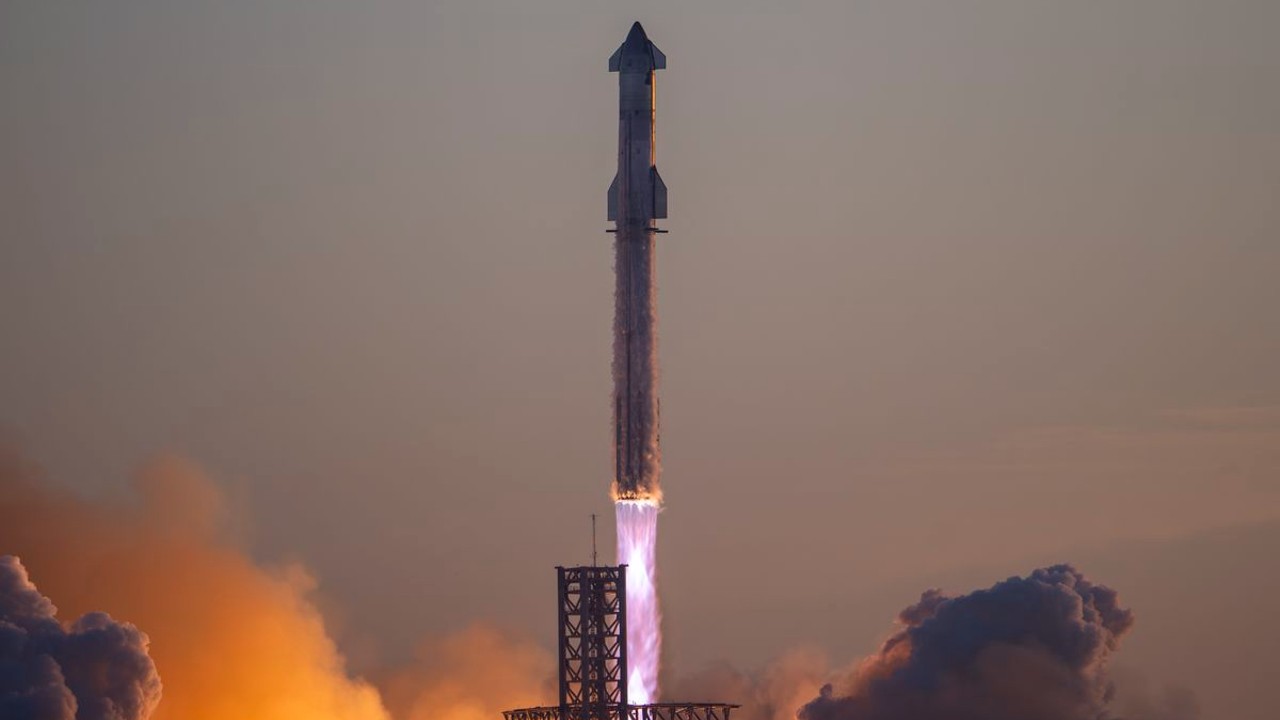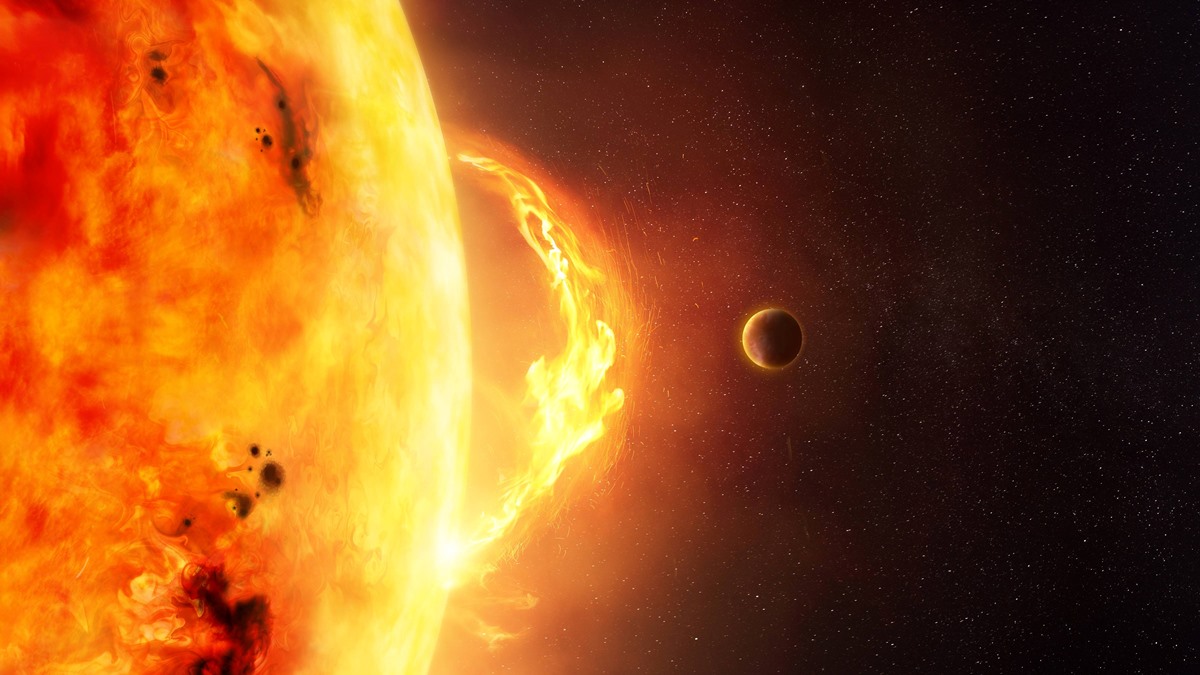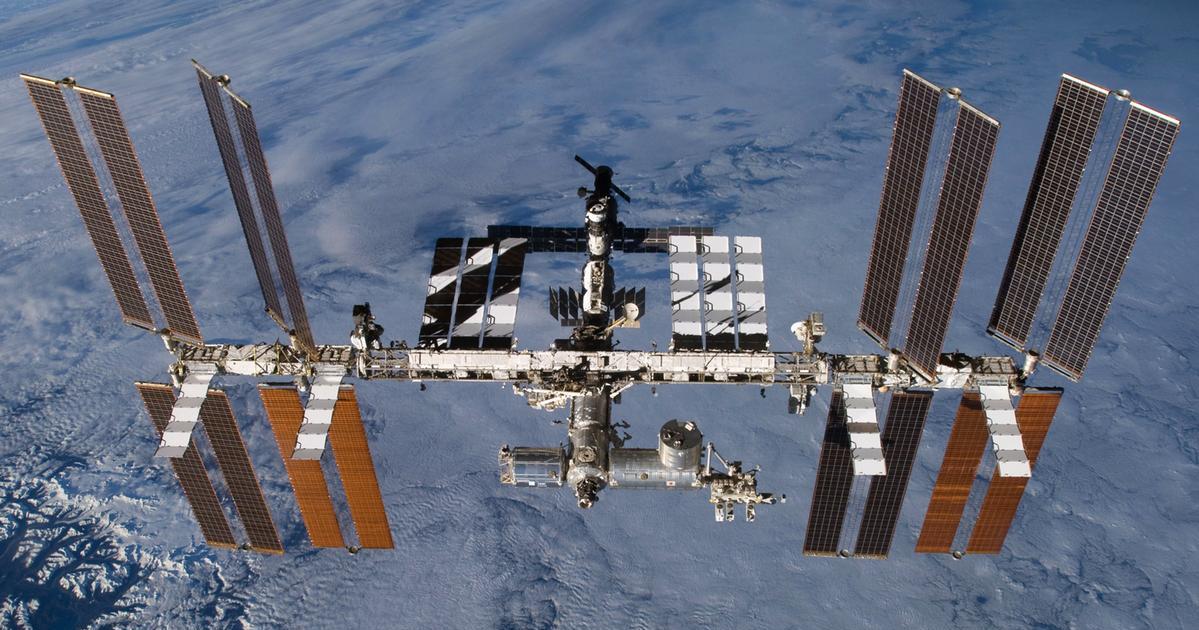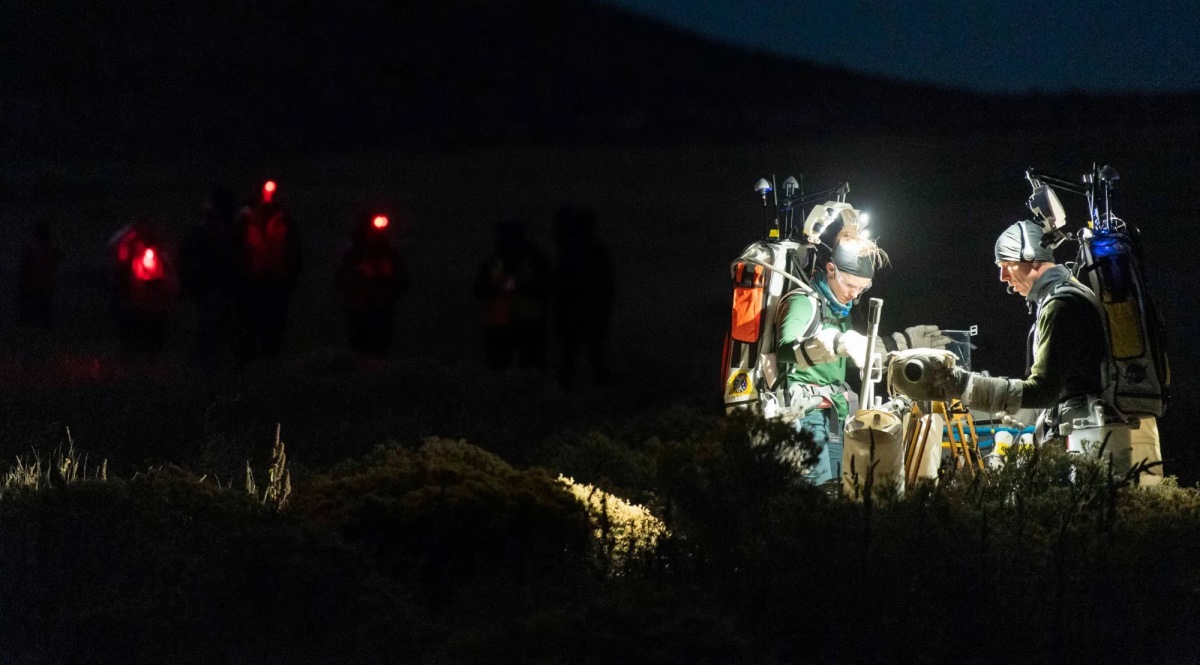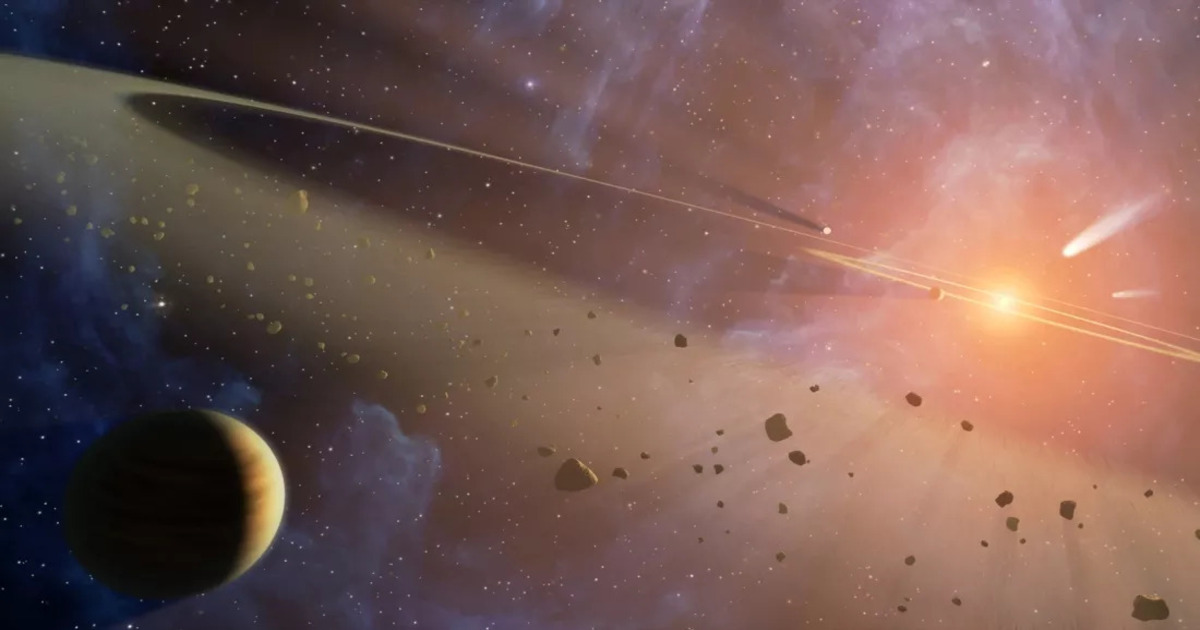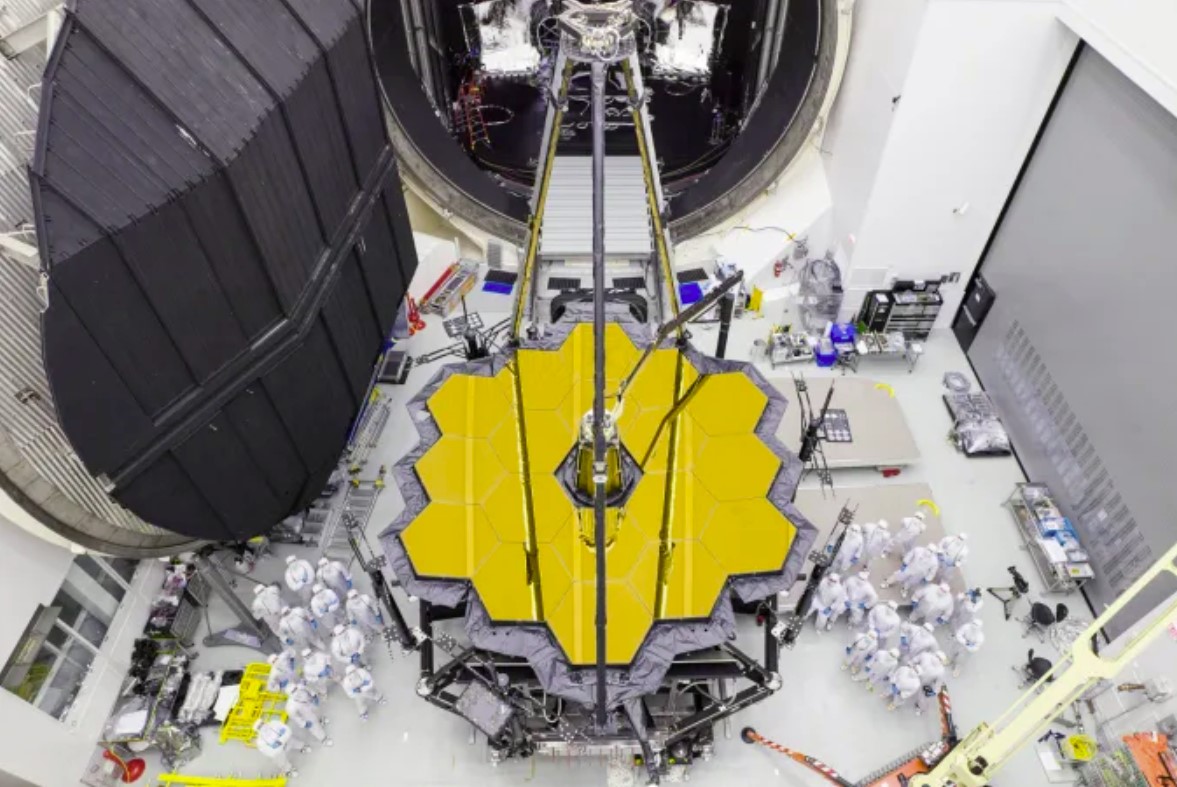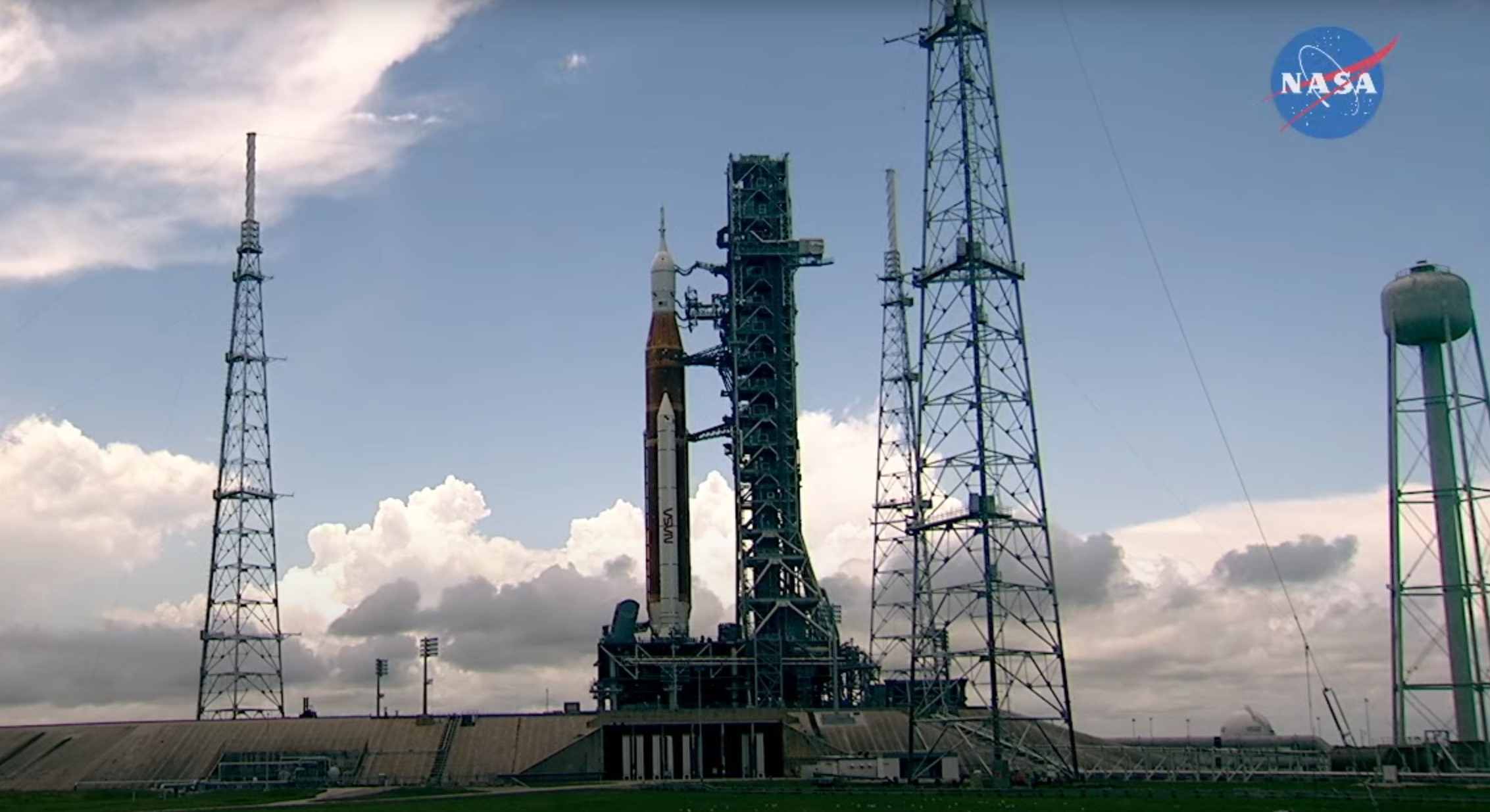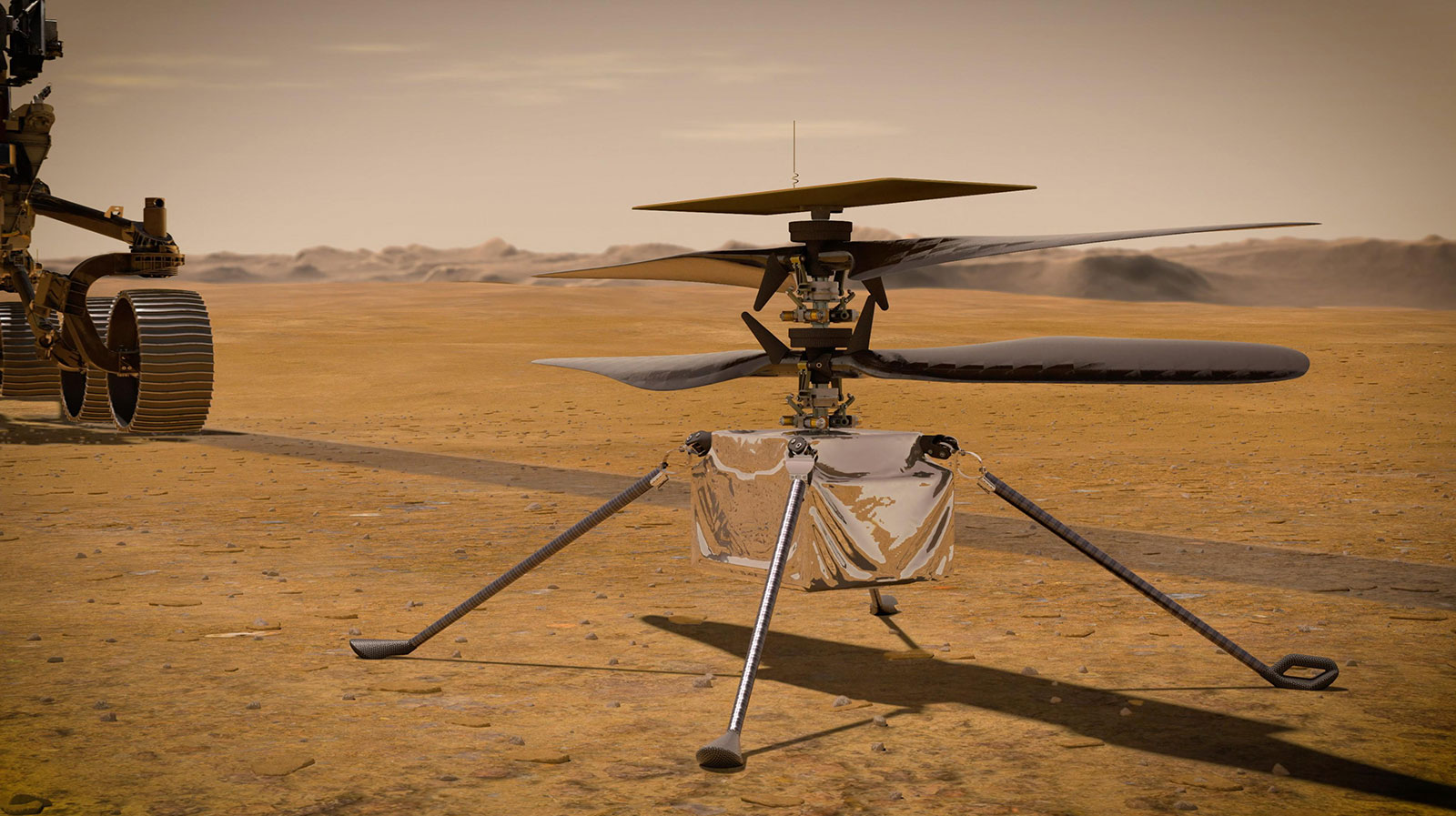News, reviews, articles on the topic NASA
NASA has announced that three companies - Intuitive Machines, Lunar Outpost and Venturi Astrolab - are developing their own lunar vehicles (LTVs).
The Artemis 3 mission, scheduled for 2026, will see astronauts land on the moon for the first time in half a century and set up a mini-greenhouse there.
NASA and Nikon are sharing helpful tips for those looking to capture the best photos of the total solar eclipse on 8 April.
NASA conducted a historic experiment called DART (Double Asteroid Redirection Test) in which a spacecraft deliberately collided with the 170 metre wide asteroid Dimorphos. This experiment showed that a kinetic impact could deflect a potentially dangerous asteroid if it were ever on a collision course with Earth.
According to statements by Elon Musk, founder and CEO of SpaceX, a future version of the Starship spacecraft, which conducted its third test flight last week, will travel to interstellar space. He announced this on his Twitter account.
Mercury was recently subjected to a massive explosion of solar plasma that erupted from the hidden backside of the Sun. This explosion probably caused invisible X-ray auroras around the rocky surface of the planet. The explosion was so powerful that it was 40 times the size of the Earth. This explosion was caused by a powerful solar flare that occurred around 7:00 p.m. Eastern Time on 9 March.
A large piece of used batteries from the International Space Station (ISS) left orbit and re-entered the atmosphere yesterday, Friday, after nearly three years of circling the Earth. Most of the debris probably burned up on re-entry, but there is a possibility that some fragments may have reached the Earth's surface.
Nikon is working with space agency NASA to create a special camera that will be used by astronauts during the Artemis III mission, which aims to return humans to the moon.
NASA researchers have announced the discovery of microscopic traces of water on the surface of three large asteroids: 7 Iris, 18 Melpomene and 20 Massalia. Of these, Iris and Massalia showed unmistakable signs of water in quantities similar to those previously found on the sunlit surface of Earth's moon, while previous possible discoveries of water on asteroids could have been simply hydroxyl mistaken for water.
Belgian company INTERSTELLAR announced fundraising for the RED 3.721 watch on Indiegogo and Kickstarter.
The James Webb Space Telescope is anticipated to provide tremendous insights into the early stages of star and galaxy formation, as well as potentially habitable exoplanets' atmospheres. That is why NASA and its partners have made it durable enough to withstand harsh environments, such as being bombarded by micrometeoroids flying at high velocities. Between May 23rd to May 25th, one of the telescope's major mirror segments was hit by a micrometeoroid that was larger than expected. The event was significant enough for NASA to detect a "negligibly small" effect in the data, but not significant enough to cause any damage to the telescope.
Today, NASA is returning the Artemis 1 spacecraft to the launch site after its tests were postponed for minor repairs. The Space Launch System rocket is now ready for a test to reproduce the countdown procedure at launch. NASA experts have already rolled the rocket out of the NASA’s Kennedy Space Center in Florida and transported it to the launch site, four miles. It took approximately eight to 12 hours for NASA to transport spacecraft to the launch site. NASA is partially broadcasting the event on YouTube.
NASA will need new spacesuits for the Artemis mission. So on June 1, NASA announced that it had selected private companies Axiom Space and Collins Aerospace to develop a spacesuit called EVA. It should be suitable for astronauts of different sizes, both men and women. Axiom Space and Collins Aerospace will also create EVA systems for work outside the International Space Station, exploration of the lunar surface as part of the Artemis mission and preparation for human flights to Mars.
The Martian drone Ingenuity covered 704 meters at a speed of more than 19 km / h, it was its fastest and longest flight on Mars.
Now scientists are trying to figure out how to solve this problem.
